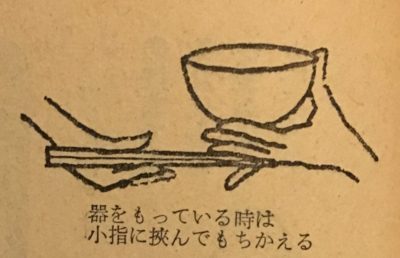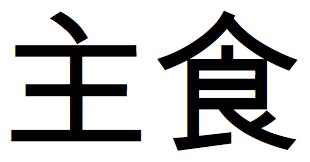
Merry Christmas! I’m home in New Orleans and not scheduled to be back in the Japan Times until early in the New Year, so I wanted to be sure to get a December post in. I may be able to get to another chapter of Hard-boiled Wonderland during my New Year’s break, but I’m not sure, so…
There was a work holiday party that I was unfortunately unable to attend because I was flying out right after work on December 20. The really unfortunate part is that we sat on the tarmac on the plane, fully boarded, for 2.5 hours before leaving, so I probably would have been able to have a quick drink at least.
I was reminded, however, of the lesser-known Japanese tradition of 差し入れ (sashi-ire), which I wrote about over nine years ago now. Fortunately I was reminded of this tradition with enough foresight that I was able to put together a 差し入れ of my own:


I brewed a Dark Mild for my homebrew club’s advent calendar and had plenty to share with coworkers. I’ve heard that it went over well, which is nice. It’s one of the better brews I’ve been able to put together.
I’ve updated one of the links from the earlier post that had died and I also looked through Yahoo Chiebukuro for some more examples. I found this post about someone who was scolded (?) for bringing a 差し入れ. Sounds like it was a kind of bizarre situation, although the best answer does note that bringing them too frequently could be pooh-poohed and that they generally only use them in the case of travel (which is good for me this time).
However, this post shows an example of someone bringing them to バイト coworkers when they have tests and other obligations. The best answer provides an EXCELLENT example of text you can use when providing a 差し入れ. It’s so good I’m going to blockquote it here:
「私用で仕事に出られず申し訳ありません、普段から皆さんには大変お世話になっていますので気持ちだけですがお礼をしたいと思い差し入れを持って参りました。ぜひ皆さんで召し上がって下さい」
You’ll probably want to adjust the punctuation here slightly, adding a few commas and periods, but the language is solid and very polite. Lemme break down how the language works: Apology (申し訳ありません) for being unable to go in for reasons (私用) —> Expression of appreciation for coworkers (大変お世話になっています) —> Expression of humility for gift being brought (気持ちだけですが) —> Performative statement expressing action of bringing a gift (差し入れを持って参りました) —> Expression asking coworkers to enjoy gift (召し上がって下さい).
13/10 would use myself.
The real goal of 差し入れ is to provide consideration coverage. They are a way to demonstrate that you’re tuned in and considerate of your surroundings. They show you’re a part of a group, that you can participate. In 2018, we should all endeavor to bring a little more consideration and participation into the world.
Except for Donald Trump and the Republicans. Seriously, fuck those guys and anyone who stands with them because they are petty racists and we’re going to unseat them all in 2018. They deserve no consideration because they give none.
#HARUMPH


